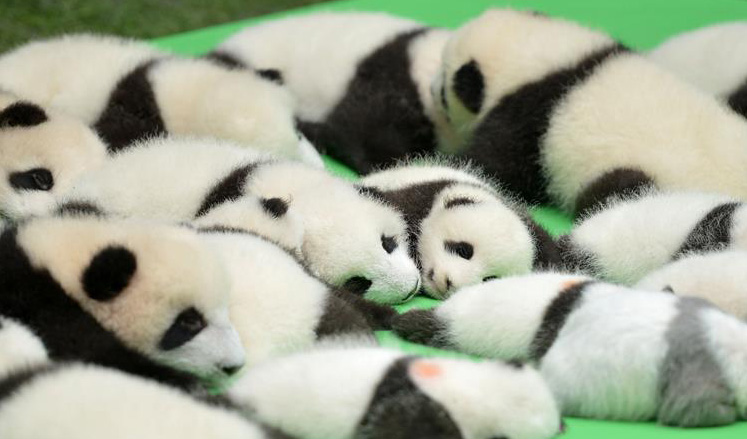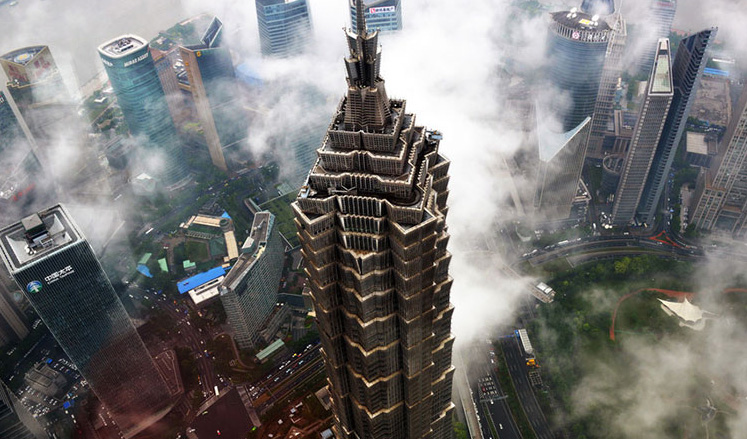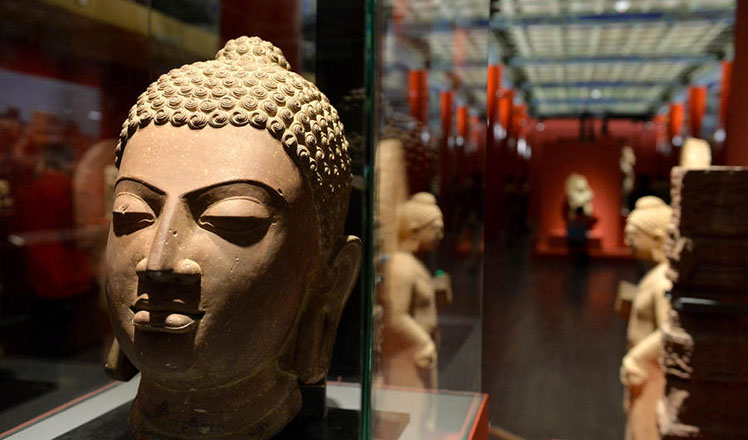Heritage in the beams of original dwellings
Updated: 2016-10-05 09:39
By ZHU LIXIN(China Daily)
|
||||||||
Also known as Huizhou prefecture, Huangshan is today widely associated with being the home of the picturesque Huangshan Mountain, or Yellow Mountain.
However, many people are not aware that the city is also renowned for its numerous remaining ancient buildings, which are distinctive and resemble ancient Huizhou-style buildings.
These houses are best known for the carvings on their components, be it wood, stone or brick.
"The furniture made by the local craftsmen of Huangshan have always been famous in the country," said Chen Wenyuan, an expert from the Huangshan-based Anhui Research Center of Intangible Culture Heritage.
In fact, the ancient architecture in Huangshan's old villages is so well-preserved that one may feel that he or she has traveled back in time when strolling through them.
Many of these ancient buildings were built by a group of successful businessmen called the Huizhou merchants, who made their fortune by trading tea and salt in the country. It is believed that these merchants accounted for almost half of China's wealth between the late Ming Dynasty (1368-1644) and the early Qing Dynasty (1644-1911).
Becoming a businessman was a common choice in Huizhou during those times-more than 70 percent of local male residents had their own businesses-as the mountainous region had very few farmlands. Furthermore, it was one of the country's most important transportation hubs, as it connected the provinces of Anhui, Zhejiang and Jiangxi.
Chinese people are known for their affections toward their birthplaces and the Huizhou merchants were no different. Many of them started constructing buildings in their hometowns and these structures would be seen as a symbol of pride. The merchants took great care in ensuring that these buildings bore exquisite craftsmanship in the form of brick carvings at the entrances, stone carvings at various windows and wood carvings on the door frames.
The carvings seen in Huizhou include a wide range of imagery, including birds and flowers, auspicious beasts such as dragons or lions, characters from folklore and scenes of nature, as well as daily activities such as farming and reading.
These works were the most time-consuming part of building a Huizhou-style building. The construction of an ancestral temple often took generations to complete. Today, these three types of carvings have been classified as a national intangible cultural heritage.

 Top 10 Chinese cities with 'internet plus transportation’
Top 10 Chinese cities with 'internet plus transportation’
 New energy cars shine at Paris Motor Show
New energy cars shine at Paris Motor Show
 23 baby giant pandas make debut in Chengdu
23 baby giant pandas make debut in Chengdu
 Heritage list salutes Chinese architecture
Heritage list salutes Chinese architecture
 Happy hour for prince and princess in Canada
Happy hour for prince and princess in Canada
 Chinese and Indian sculptures on display at the Palace Museum in Beijing
Chinese and Indian sculptures on display at the Palace Museum in Beijing
 Rescue work at the typhoon-hit provinces
Rescue work at the typhoon-hit provinces
 Wonderland-like sunrise in East China
Wonderland-like sunrise in East China
Most Viewed
Editor's Picks

|

|

|

|

|

|
Today's Top News
Trump outlines anti-terror plan, proposing extreme vetting for immigrants
Phelps puts spotlight on cupping
US launches airstrikes against IS targets in Libya's Sirte
Ministry slams US-Korean THAAD deployment
Two police officers shot at protest in Dallas
Abe's blame game reveals his policies failing to get results
Ending wildlife trafficking must be policy priority in Asia
Effects of supply-side reform take time to be seen
US Weekly

|

|







